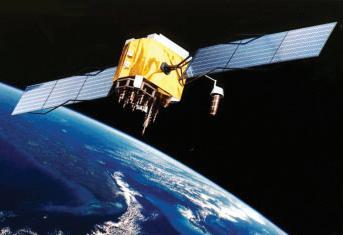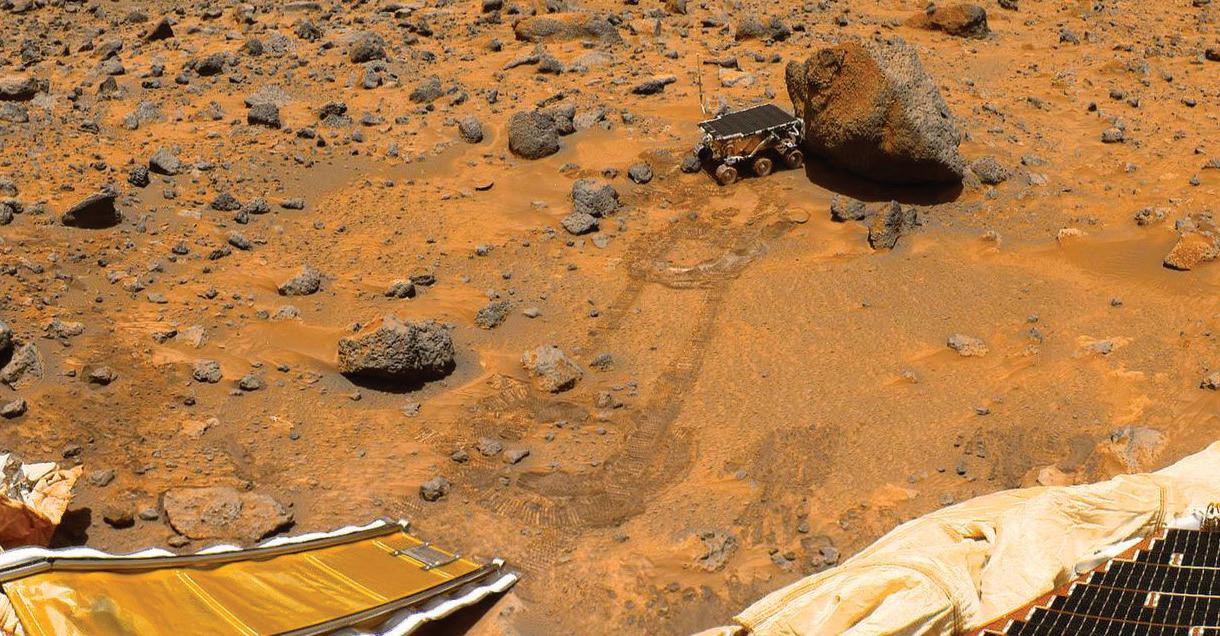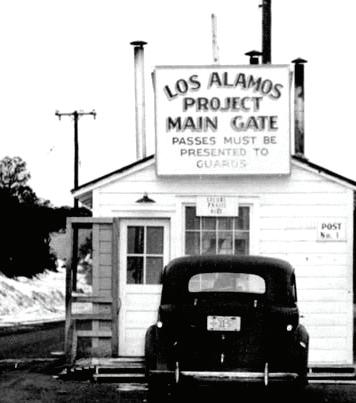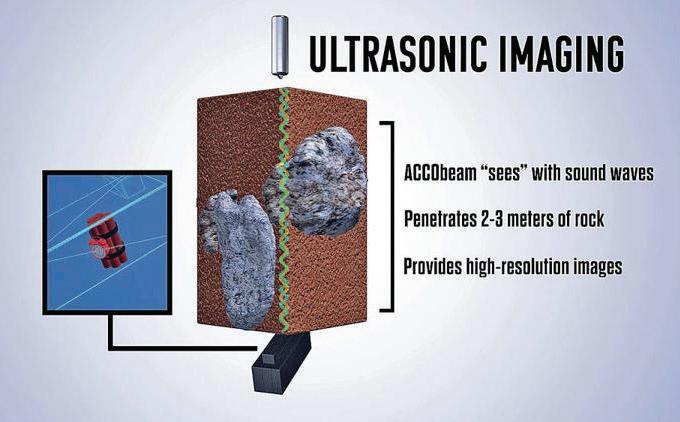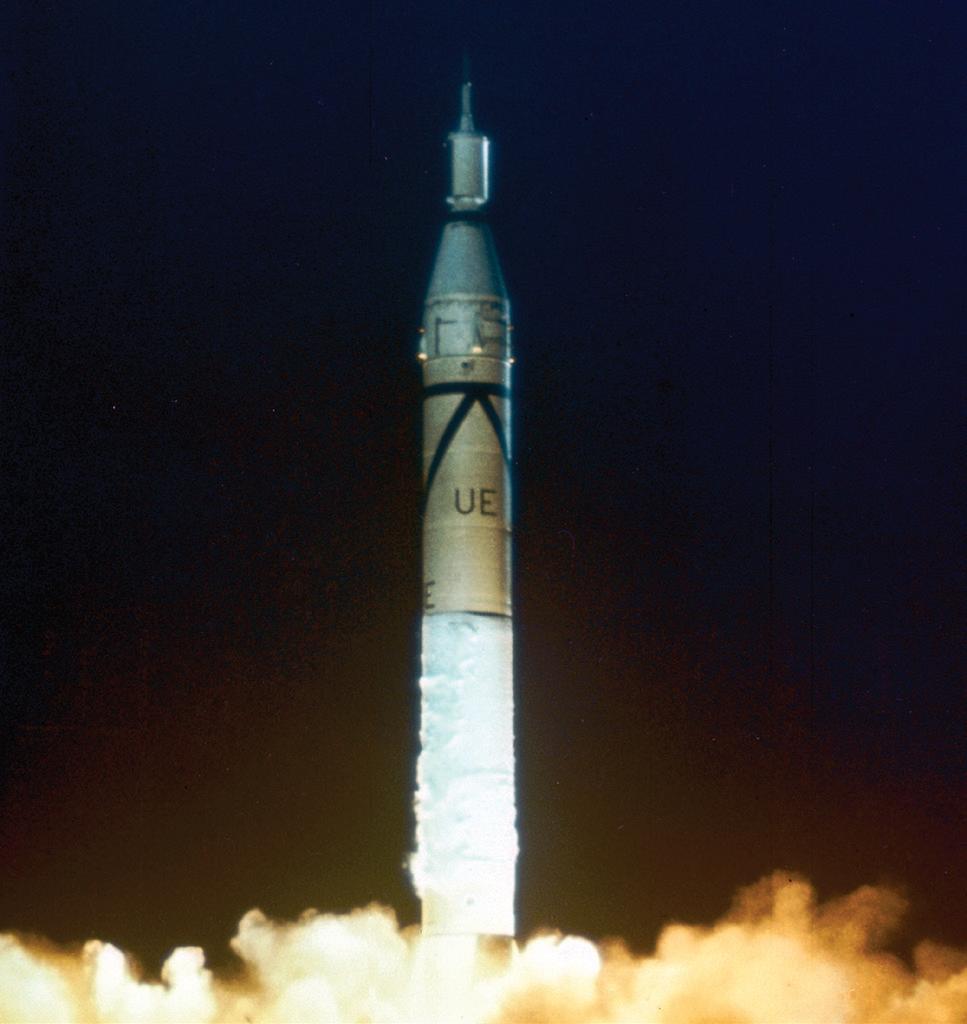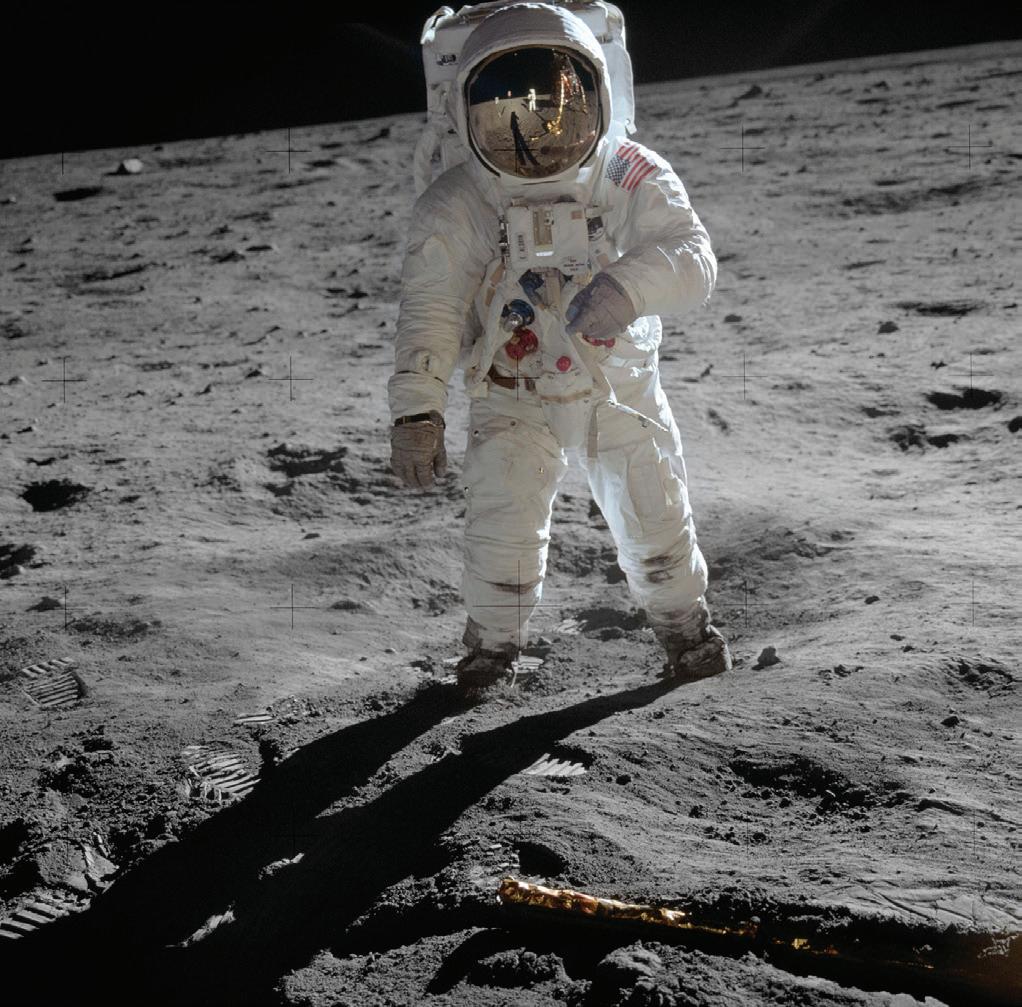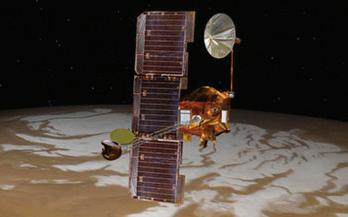
2 minute read
1940s
3
Trinity Test
Advertisement
Electronic Numerical Integrator and Computer
1940s
Manhattan Project: America’s Groundwork for Innovation in
MEDICINE SECURITY COMPUTING SPACE INDUSTRY
Monte Carlo Method
Physicists John von Neumann, Stanislaw Ulam, and Nicholas Metropolis developed the powerful statistical technique known as the Monte Carlo method, which sought solutions to mathematical problems using a statistical sampling method of random numbers. Today, the Monte Carlo computer code is applied in the fields of nuclear security, medicine, and space.
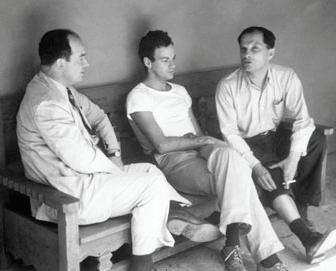
Marshall Islands Tests
The nuclear testing program at Bikini Atoll was a series of 23 nuclear weapons tests detonated by the United States between 1946 and 1958 at seven test sites on the reef itself, on the sea, in the air, and underwater. The test weapons produced a combined fission yield of 42.2 mt of explosive power.
The United States was engaged in a Cold War nuclear arms race with the Soviet Union to build more advanced bombs from 1947 until 1991. The first series of tests over Bikini Atoll in July 1946 was code named “Operation Crossroads”. The first test was dropped from an aircraft and detonated 520 ft (160 m) above the target fleet. The second was suspended under a barge, and produced a large Wilson cloud that contaminated all of the target ships. In retrospect, Atomic Energy Commission chair Glenn T. Seaborg described the second test “the world’s first nuclear disaster.”
Marshall Island Tests
Clementine Nuclear Reactor
In 1945, Los Alamos scientists proposed the construction of the world’s first fast reactor named Clementine. Completed in March 1949, Clementine in its first year maintained a full schedule that included several important weapons experiments. Despite its early demise in 1952, researchers acquired valuable weapons data and gained experience in the production and care of fast neutron reactors from the Clementine reactor. Clementine Nuclear Reactor
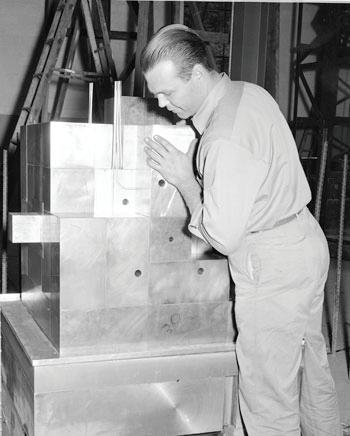
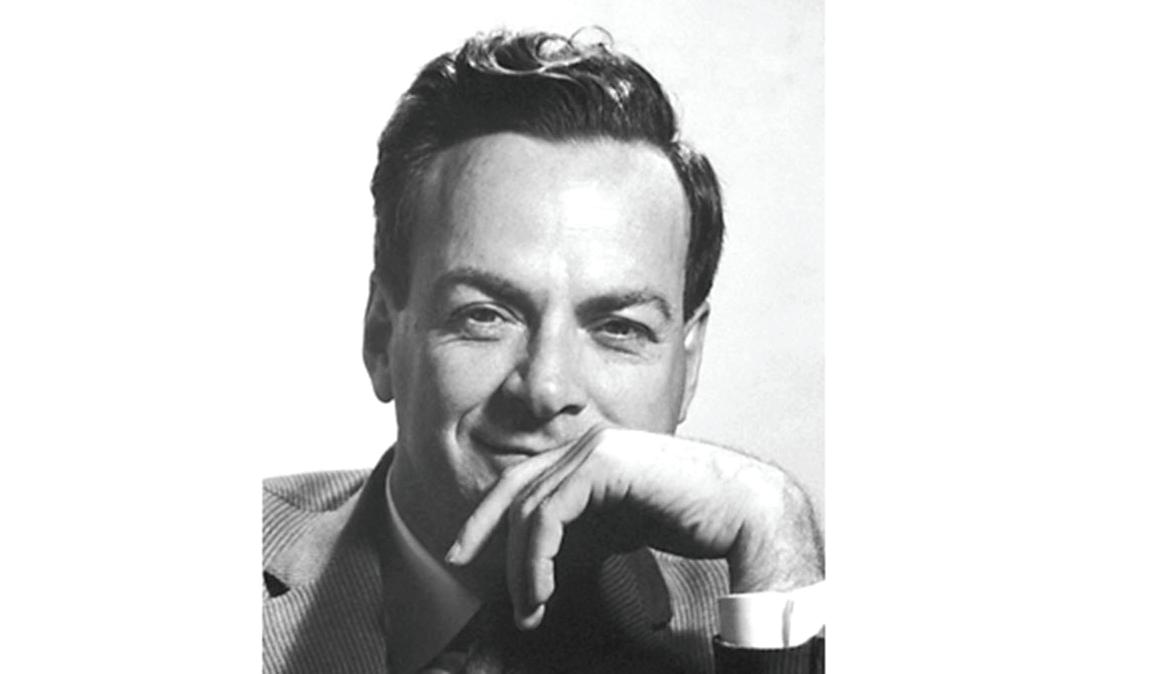
Richard Phillips Feynman was an American theoretical physicist and Manhattan Project veteran, known for his work in the path integral formulation of quantum mechanics, the theory of quantum electrodynamics, the physics of the superfluidity of supercooled liquid helium, as well as his work in particle physics for which he proposed the parton model. For contributions to the development of quantum electrodynamics, Feynman received the Nobel Prize in Physics in 1965 jointly with Julian Schwinger and Shin’ichirō Tomonaga.

